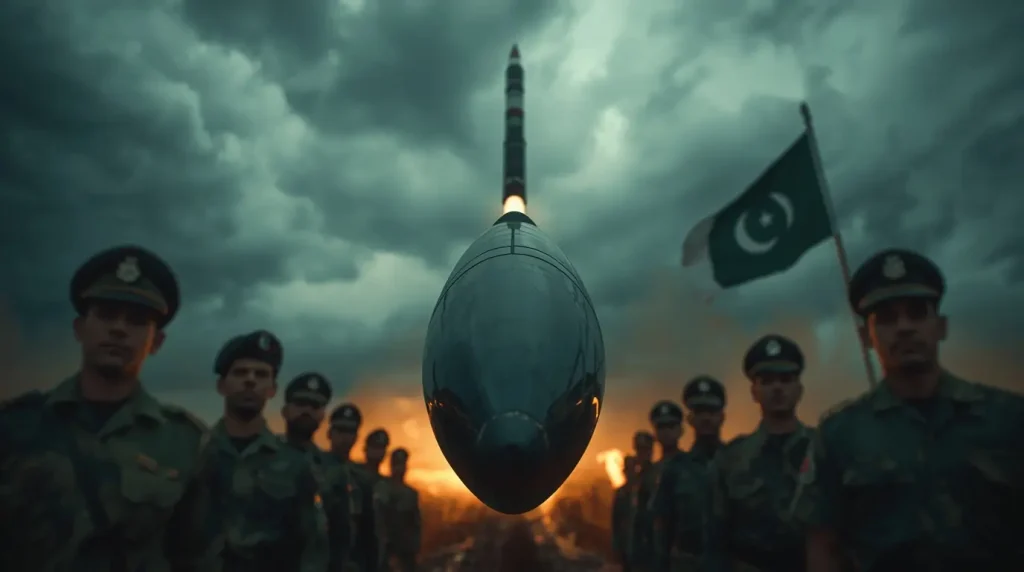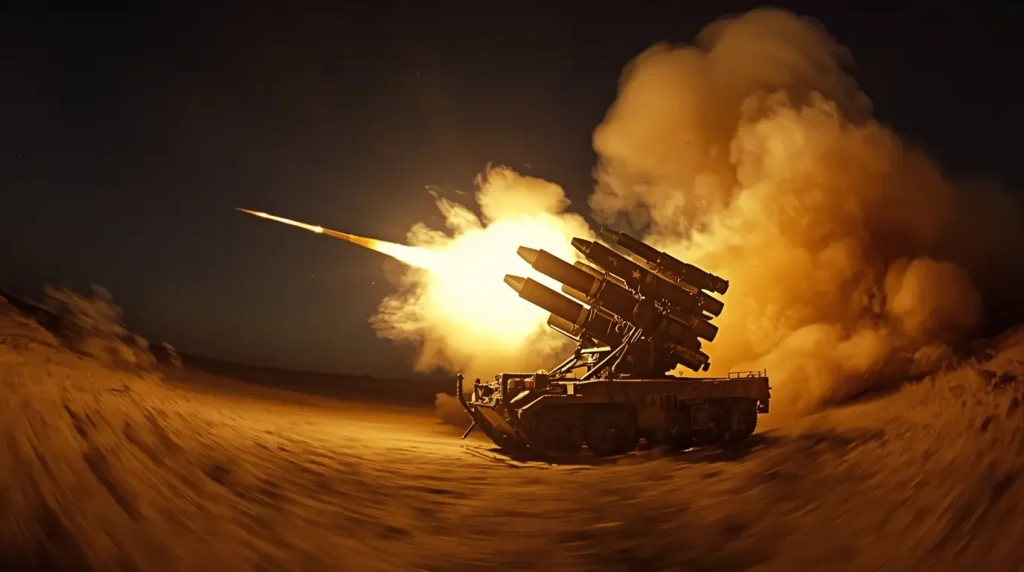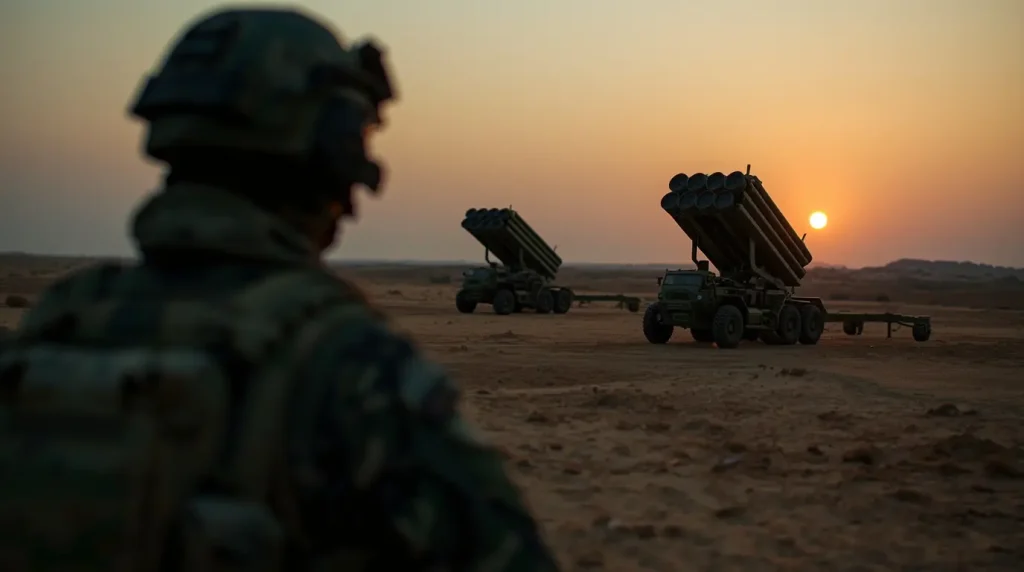In a highly watched development, Pakistan has established a Pakistan Rocket Force (PRF). This new command will focus on precision, long-range rockets, and has been set up as a single branch of the military. Analysts say the force appears against the backdrop of continued tensions with India and represents a noticeable shift in Pakistan’s military thinking. By emphasizing rocket capabilities, Islamabad signals that it views precision conventional strikes as a key way to deter larger adversaries. The new command is not a stand-alone measure; it is a structured answer to a growing list of regional security pressures faced by Pakistan.
Observers have swiftly identified India’s improved long-range systems as a vital motivating factor. Pakistan is particularly wary of India’s recent tests of systems like the Prahar and the Pinaka, which add new strike options. Islamabad sees these rockets as potentially shortening the battle cycle, eroding the traditionally understood space for diplomatic solutions. By forming the Pakistan Rocket Force, Pakistan aims to broaden its own conventional options, making it clear that it can strike with high precision at greater distances. The intention, say security experts, is to assert that any conventional threat will meet a layered, well-prepared response, thereby making offensive operations less attractive and increasing the diplomatic value of Pakistan’s conventional rocketry.

The Capabilities of the Pakistan Rocket Force
Pakistan Rocket Force is not shouting its secrets from the rooftops, but what we can safely guess is that it combines and upgrades the country’s rocket artillery units—both the ones already in service and the ones being built right now. Among the systems being knitted together is the Fatah-II guided rocket, a homegrown multiple-launch rocket system (MLRS) that can hit distant targets with the kind of accuracy that makes a field commander smile. The main mission of Pakistan Rocket Force is clear: deliver quick, powerful, and precise strikes far beyond the front lines, smashing roads, command centers, and clusters of enemy troops before they know what’s happened.
Why is a massed rocket-launch strike important? Because it can deliver a wall of explosions in minutes and reshape the battlefield picture almost on the spot. Traditional missile systems often carry a shadow of nuclear expectation, but an advanced rocket force offers a precise strike without the nuclear label. This kind of conventional punch lets Pakistan’s leaders keep the fight miles from a nuclear alert, using what they call “full-spectrum deterrence” to deal with anything from minor raids to major clashes. By displaying and demonstrating the Fatah-II’s capabilities, Islamabad is confidently telling its rivals that it has options—scalable, credible, and right now.

Beyond the India Factor: A Multifaceted Rationale
While the latest push to form a Pakistan Rocket Command is partly a response to India, the rationale reaches much farther. First, the step is central to modernizing Pakistan’s armed forces. Globally, armed confrontations—from Ukraine to the latest conflicts in the Middle East—have shown that rocket artillery is now a front-line weapon. Integrating this capability into a single command structure means that soldiers get focused training, tactics get adapted, and all of it happens quickly, making forces ready to react when needed.
Beyond the battlefield, the decision carries a heavy political signal at home. Announcing a state-of-the-art rocket command sends a clear message: Pakistan is technologically growing and resolute. This imagery of advancing weapon systems reassures citizens that the state is investing in their security. Furthermore, the domestic defense industry, which over the past decade has improved in design, manufacturing, and operational reliability, is central to the story. Successful tests, rapid inductive timelines, and growing export visibility are all signs that Pakistan’s ability to produce complex defense hardware is no longer a promise but a provable fact.
Regional Implications and the Global Reaction
Pakistan’s recent move to activate its Rocket Force is shaking the foundation of regional security. South Asia is now faced with the prospect of an intensified arms race, which will compel India to speed up and expand the development of its own missile defense systems. As each side upgrades its technology, the routine of preparation will edge closer to a new normal, and the margin for error or missed signals grows thinner. Global powers, especially the U.S. and China, are monitoring these developments to assess whether they can still tilt the precarious strategic balance without losing leverage.
Key stakeholders are weighing whether new Pakistan Rocket Command reshapes the region’s equation of stability. Pakistan insists that more conventionally focused systems are a buffer against asymmetric threats, yet the increasingly blurred distinctions between conventional and nuclear devices make crisis management more intricate. Precision guidance, coupled with extended ranges, compresses the time national leaders have to make critical choices. If a skirmish occurs, thresholds may blur, and the danger of rapid escalation will become more palpable. This evolving landscape requires Islamabad and New Delhi to immediately enhance direct communication and establish durable, bilateral confidence-building measures. ongoing dialogue is no longer a trim on a policy wheel; it is an indispensable brake against an accidental detonation.
To sum it up, the formation of the Pakistan Rocket Force marks a key chapter in the country’s military story. This move directly counters regional dangers, signals a maturing defense production base, and aims to reinforce the nation’s deterrent stance. Although the new rocket program boosts defensive power, it also adds another layer of tension to a region already known for instability. Observers everywhere will closely monitor how this new command influences future wars and negotiations in South Asia. Continued development of Pakistan rocket stockpile will therefore be a permanent concern for both experts and decision-makers.

For more incredible stories of everyday news, return to our homepage.




